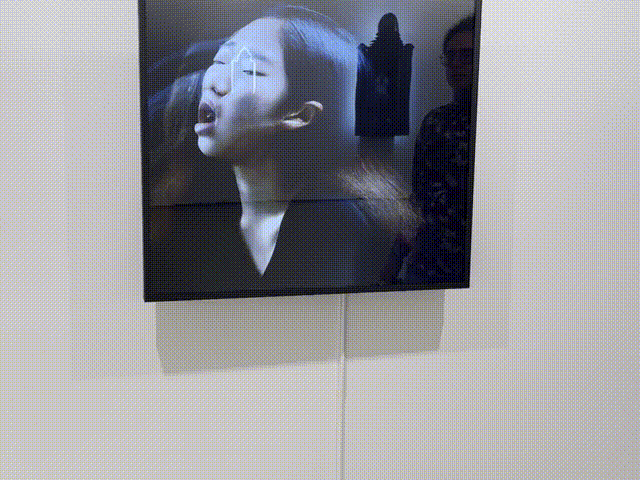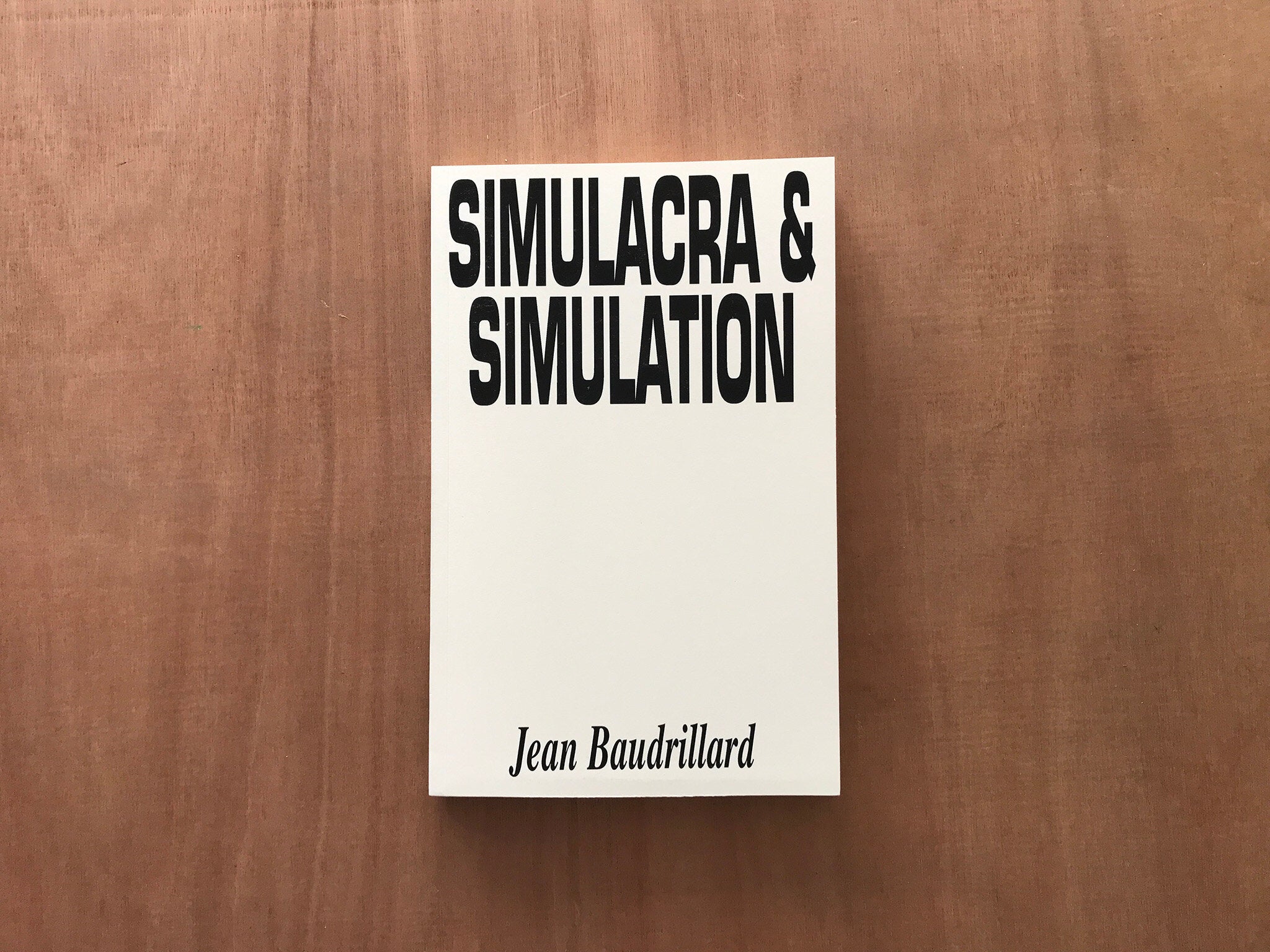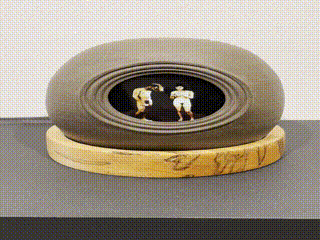Gabe BC - C24 visit:
Purgatory claims to ask these questions about AI's evolving role in contemporary life:
"Where is this going? How will this ability be used, and by whom? How do we know anymore what is real and what is machine generated? And what will be the legacy of these new capabilities?”
And most importantly: “What does it mean to be human in a world where machines are evolving, learning and living beside us?”


As I observed Purgatory, I asked myself how the above questions were addressed by Barcia-Colombo and whether his pieces, both individually and the show as a whole, actually answered them as the exhibition notes claimed it did.
With this intention in mind, I was sadly disappointed by the exhibition.
I was unable to identify how the pieces meaningfully engaged with the matter of humanity's co-existence with machines in an interesting or unique way. For one, the idea of "technology as the new religion" is not new. Since the advent of the internet and mobile technology, artists have been exploring this theme in their work. Thousands of pages of philosophy have been written about the subject. A lot of work has offered major and profound insights into these ideas.

For example, Simulacra and Simulation by Jean Baudrillard, Illuminations by Walter Benjamin, and the works of Nick Land, are just a few examples of thinking around the role of technology on society. These works are easily accessible in the Age of Information. I believe it is the responsibility of artists who occupy important positions in institutions, as Gabe Barcia-Colombo does, to be aware of these insights. Or at least to demonstrate an earnest and serious interest in the subject if they are creating work they intend to share with the public.
Otherwise, the work falls flat.
Unfortunately I felt that Barcia-Colombo's work was either completely unaware, or even worse, uninterested, with the pre-existing insights of the subject his exhibition aimed to explore. I didn't think the pieces said anything interesting about the implications of AI on human interactivity — either directly or on a meta level.
In my opinion, if a work doesn't transcend or contribute to an established body of knowledge then the piece must justify itself in other ways: perhaps by being beautiful, elaborate, or its commanding emotional resonance.
Regarding "Paradise": the piece intends to be an homage to the tale of Adam and Eve and depicts a man and woman transfixed by their phones.

Encountering it I thought: is this the first time audiences have considered phone addiction? Is anyone unaware of the perils of ignoring your partner in favour of staring at your phone? Does the meaning of "Paradise" offer anything new about a problem we have all privately and publicly discussed to the point of exhaustion? It does not.
And since it doesn't say anything meaningful about it — then what is impressive, delightful, or surprising about a tiny screen depicting these two people inside a ceramic egg? What about the piece could be identified as expansive? In what way is an onlooker transformed or better off for having seen it?
Zooming out from "Paradise," I found basically nothing in Purgatory that was transgressive, dangerous, unsellable, or interesting. Barcia-Colombo's thesis that "AI is the new religion" is a radical and massive claim. And if he believes the statement, as we can assume he does, then it is his responsibility to treat it as seriously as the scale a statement of its kind demands.
But it seems neither Barcia-Colombo, or us the audience, actually believed we were experiencing art that took itself as seriously as was signalled by its thesis. While the exhibition statement said Purgatory's answers were "both prescient and cautionary," the reality was utterly different.
When I looked up the exhibition on Artsy I found that Paradise was listed for $10,000 and another piece similar to it, Followers, was listed for $17,000.

I know that the pricing of artwork is dependent on many different variables — many of which aren't related to the actual artwork itself — and expressing shock or discontent at the astronomical costs of a piece is regarded as philistine and old hat but I think it still bears mention with regards to this exhibition in particular.
Purgatory's failures seem irrelevant to curators and dealers — and this, I believe, is the problem of the art world today.
There is so much potential for good art — we live in an extraordinarily symbolically rich time. It is not difficult to make great art because there is so much material to draw upon. The problem instead is that it's difficult to make a living off good art because our systems — of which galleries like C24 are a part of — fail to capture it.
This is a subject I won't explore further in this blog post for the sake of brevity but attending this exhibition did spark a lot of reflection for me.